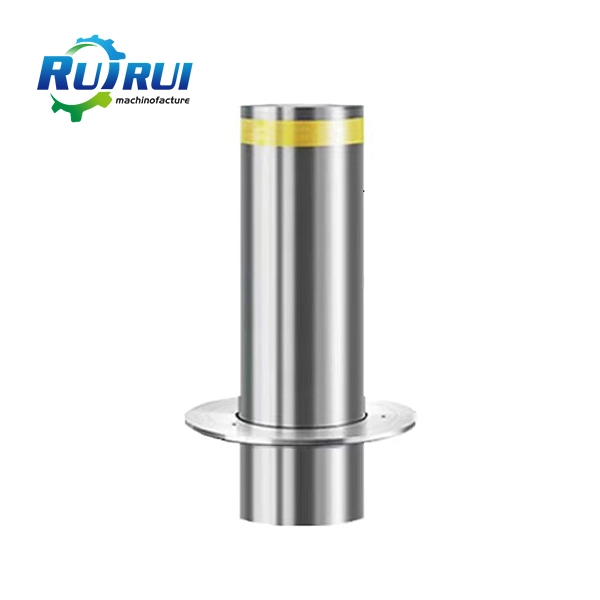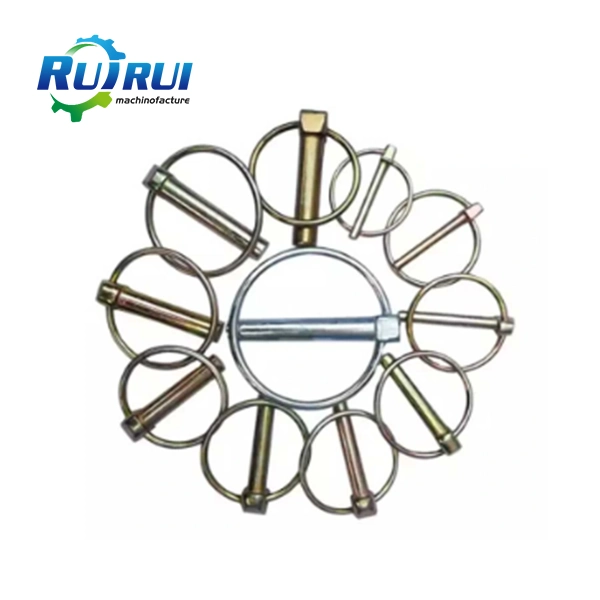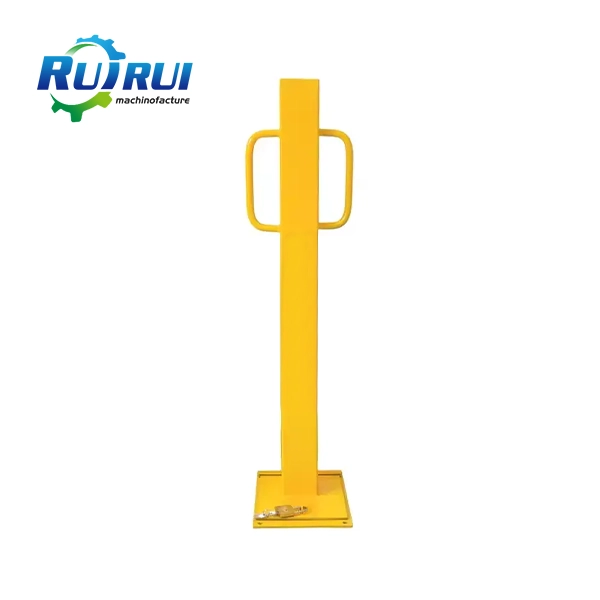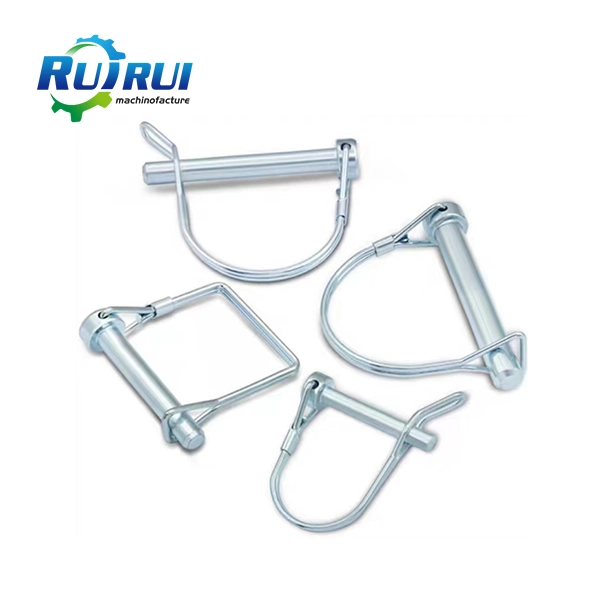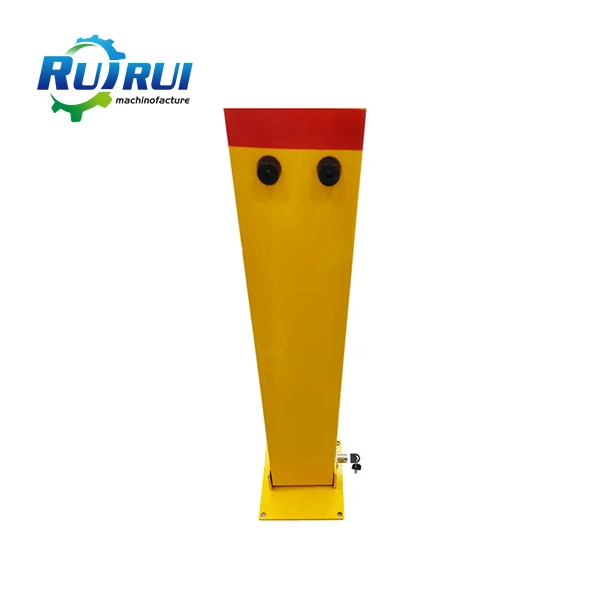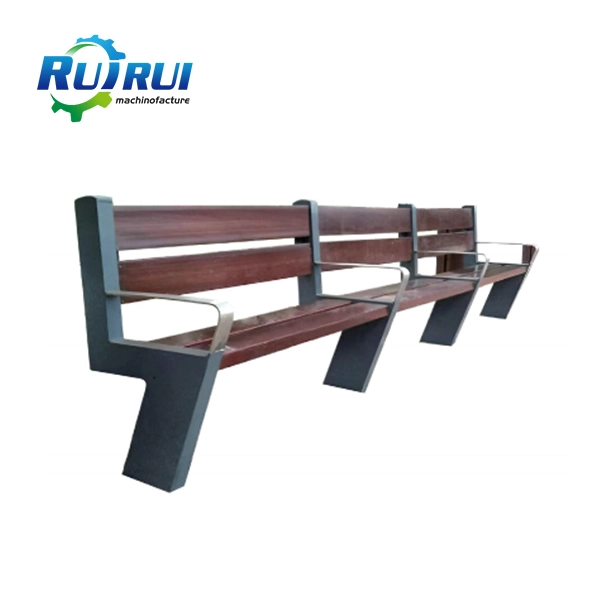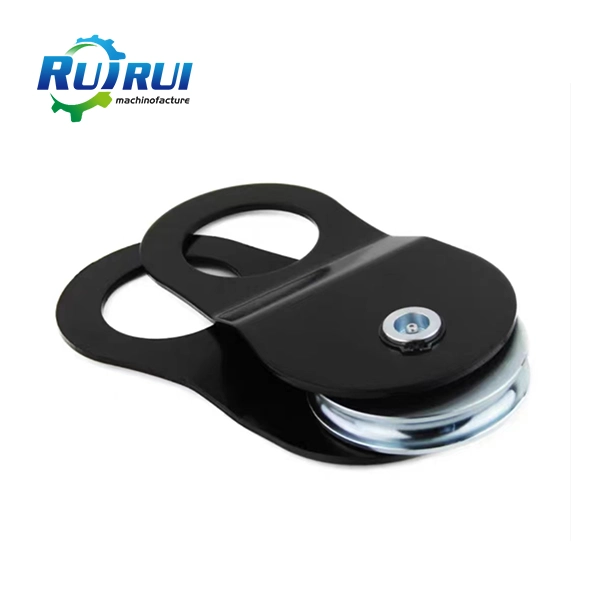How do you maintain or inspect link plates?
2024-09-27 10:22:30
Link plates play a crucial role in various industrial and urban applications, serving as essential components in machinery, construction, and infrastructure. Proper maintenance and regular inspection of link plates are vital to ensure their longevity, functionality, and safety. This comprehensive guide will delve into the intricacies of it maintenance and inspection, providing valuable insights for professionals and enthusiasts alike. We'll explore effective techniques, best practices, and innovative approaches to keep your link plates in optimal condition, ultimately enhancing the performance and reliability of the systems they support.
Understanding Link Plate Basics
What are Link Plates?
Link plates are versatile components used in various mechanical systems and structures. They serve as connectors, transferring loads and facilitating movement between different parts. These plates are typically made from durable materials such as steel or high-strength alloys, designed to withstand significant stress and strain. It can be found in applications ranging from heavy machinery and automotive systems to architectural elements and urban furniture.
Types of Link Plates
There are several types of it, each tailored for specific applications. Some common varieties include:
- Flat link plates: Simple, planar designs used for basic connections
- Articulated link plates: Featuring pivoting joints for increased flexibility
- Reinforced link plates: Incorporating additional strength-enhancing features
- Custom-designed link plates: Tailored for unique applications and requirements
Importance of Proper Maintenance
Regular maintenance of it is paramount to ensure their optimal performance and longevity. Neglecting maintenance can lead to premature wear, reduced efficiency, and potential safety hazards. Proper care not only extends the lifespan of link plates but also contributes to the overall reliability and safety of the systems they support. By implementing a comprehensive maintenance regimen, you can minimize downtime, reduce repair costs, and enhance the overall functionality of your equipment or structures.
Maintenance Techniques for Link Plates
Cleaning and Lubrication
One of the fundamental aspects of link plate maintenance is regular cleaning and lubrication. Over time, it can accumulate dirt, debris, and corrosive substances that can impair their performance. To clean link plates effectively:
- Use a suitable cleaning solution or degreaser to remove accumulated grime
- Employ soft brushes or cloth to avoid scratching the surface
- Rinse thoroughly with clean water and dry completely
- Apply an appropriate lubricant to moving parts and joints
Proper lubrication reduces friction, prevents wear, and ensures smooth operation of it. Choose a lubricant compatible with the material and operating conditions of your link plates.
Corrosion Prevention
Link plates, especially those exposed to harsh environments or corrosive substances, require protection against corrosion. Implement these corrosion prevention measures:
- Apply protective coatings or treatments to the link plate surface
- Use corrosion-resistant materials for link plate construction when possible
- Regularly inspect for signs of corrosion and address issues promptly
- Store link plates in dry, controlled environments when not in use
By taking proactive steps to prevent corrosion, you can significantly extend the lifespan of your link plates and maintain their structural integrity.
Periodic Adjustments and Tightening
Link plates often feature bolts, nuts, or other fastening mechanisms that may loosen over time due to vibration or regular use. Incorporate these practices into your maintenance routine:
- Regularly check and tighten all fasteners to the manufacturer's specifications
- Use torque wrenches to ensure proper tightening without over-stressing the components
- Inspect for signs of wear or deformation around fastening points
- Replace any damaged or worn fasteners promptly
Proper adjustment and tightening of link plates help maintain their alignment, reduce stress on components, and prevent potential failures.
Inspection Procedures for Link Plates
Visual Inspection Techniques
Visual inspection is a crucial first step in assessing the condition of link plates. Implement these visual inspection techniques:
- Examine the entire surface of the link plate for signs of wear, cracks, or deformation
- Check for any discoloration or unusual patterns that may indicate stress or material fatigue
- Inspect welded joints or connection points for any signs of separation or weakness
- Look for evidence of corrosion, rust, or pitting on the link plate surface
Use proper lighting and magnification tools to enhance the accuracy of visual inspections. Document any findings and compare them with previous inspection results to track changes over time.
Non-Destructive Testing Methods
Non-destructive testing (NDT) methods provide valuable insights into the internal structure and integrity of it without causing damage. Consider incorporating these NDT techniques:
- Ultrasonic testing: Uses high-frequency sound waves to detect internal flaws or defects
- Magnetic particle inspection: Identifies surface and near-surface discontinuities in ferromagnetic materials
- Dye penetrant testing: Reveals surface-breaking defects through the application of a visible or fluorescent dye
- Eddy current testing: Detects surface and sub-surface flaws in conductive materials
Select the appropriate NDT method based on the material, geometry, and specific requirements of your link plates. Engage qualified professionals to perform and interpret these tests accurately.
Performance Evaluation
Assessing the performance of link plates in real-world conditions provides valuable insights into their functionality and potential issues. Implement these performance evaluation strategies:
- Monitor the link plates during operation to observe any unusual movements or vibrations
- Measure and record key performance parameters such as load capacity, deflection, or wear rates
- Compare current performance data with baseline measurements or manufacturer specifications
- Conduct periodic load tests to verify the link plate's ability to handle design loads safely
Regular performance evaluations help identify potential problems before they escalate and ensure that it continue to meet the required standards of operation.
Conclusion
Maintaining and inspecting link plates is a critical aspect of ensuring the safety, reliability, and longevity of various mechanical systems and structures. By implementing a comprehensive maintenance and inspection program, you can optimize the performance of your link plates, reduce downtime, and minimize potential hazards. Regular cleaning, lubrication, corrosion prevention, and proper adjustments, combined with thorough visual inspections, non-destructive testing, and performance evaluations, form the foundation of effective link plate care. If you want to get more information about this product, you can contact us at info@qdkshd.com.
References
1. "Link Plate Maintenance: Best Practices for Industrial Applications" - Journal of Mechanical Engineering, 2022
2. "Inspection Techniques for High-Stress Components in Urban Infrastructure" - Urban Planning and Development Review, 2021
3. "Corrosion Prevention Strategies for Metal Connectors in Outdoor Environments" - Materials Science and Engineering Quarterly, 2023
4. "Non-Destructive Testing Methods for Structural Integrity Assessment" - International Journal of Quality Assurance in Engineering, 2022
5. "Performance Evaluation of Load-Bearing Components in Urban Furniture" - Structural Engineering and Design Magazine, 2023
6. "Maintenance and Inspection Protocols for Critical Mechanical Linkages" - Industrial Safety and Reliability Handbook, 3rd Edition, 2021
Send Inquiry
Related Industry Knowledge
- What Are the Different Types of Bollards?
- What Are U Bolts Used For?
- What is a Mounting Bracket?
- What was the purpose of a pump cover?
- What are the dimensions and specifications of standard link plates?
- How do you maintain or inspect link plates?
- How do link plates contribute to structural integrity?
- What materials are used for street furniture?
- What are the different types of bollards?
- What is a link plate used for?
